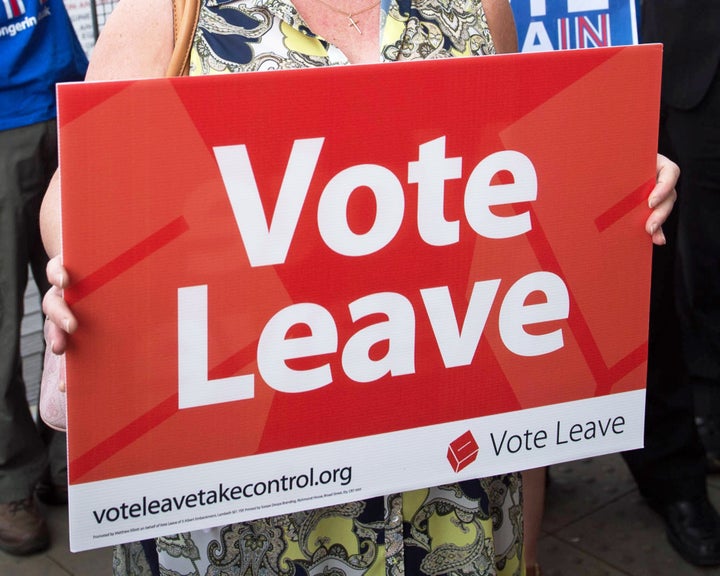
We now know that Vote Leave images that were targeted on Facebook during the EU referendum were more explicit than dog whistle. One poster depicted African people as if they represented all unemployed people in Spain and Greece. There were also multiple posters scaremongering about Turkey, as well as Syrian refugees.
Such images feed a poisonous well, and alienates people of colour. It’s hard not to conclude that it also contributed to the rise in hate crime after Brexit. Clearly the 52% who voted leave didn’t mainly or even mostly do so for xenophobic or racist reasons, but the official and unofficial campaigns thought that “racist and xenophobic” dog whistles would appeal to voters.
Such cynical, divisive campaigning brought to mind the overt racism of the 1960s, when we saw “no blacks, no dogs, no Irish” signs and the 1964 election leaflets in Smethwick that stated “If you want a ni***** for a neighbour vote Labour”. Despite being the prospective Foreign Secretary, the Labour candidate Patrick Gordon Walker saw a highly surprising 7.2% swing against him with Peter Griffiths being elected as the new Conservative MP.
The consequences of Smethwick were significant and continue to reverberate. First, they led the Labour party to shift its position and adopt a more restrictive immigration policy, notably the 1968 Immigration Act. Second, more positively the Labour government passed the 1968 Race Relations Act that finally made those “no dogs, no blacks, no Irish” signs illegal. But the then consensus view that liberalising legislation required a quid pro quo of restrictive immigration sadly remains, including among today’s Conservative government as well as much of the Labour opposition.
A third longer term effect of Smethwick was that the Conservative party was tarnished for many decades, and struggled to win even 10% of the ethnic minority vote until the early 2000s. Of course leading figures in the Conservative party supported both sides of the referendum, while some Labour figures also supported leave too. The taint of the Brexit campaign may not then attach to a particular political party, but it will inform how ethnic minorities and others view Brexit for decades to come.
As with Smethwick in 1964, I think the leave campaign appealed directly to xenophobic and racist sentiments. The 1964 slogans were of course more explicit. Even taking into account changes in public opinion and context over time, the 2016 campaign looks less bad than the Smethwick slogan. Yet it’s equally obvious that the referendum signs have been viewed as “racist and xenophobic” by a wide spectrum of political and public opinion.
It’s inaccurate and unfair to suggest all leave supporters were motivated by the racism and xenophobia that the formal and informal campaigns assumed they shared. Although leave voters are reportedly twice as likely to self-report being racially prejudiced compared to remain voters, a large majority (two-thirds) report no such prejudice.
There’s nothing illegal even today about extreme language in political campaigning. The only real barrier is whether it will backfire, as it did for Zac Goldsmith in the London Mayoral election. It would probably even still be technically legal for a political party to run the Smethwick campaign today.
The leave coalition may seek to quarantine the worst excesses of leave.eu, just as Griffiths distanced himself from the ugliest slogans in Smethwick in 1964. But just like Griffiths in 1964, the formal vote leave campaign cannot take the moral high ground either. Leave supporters must not just disavow their formal and informal campaigns, but actively seek to reach out to ethnic minorities and tackle racial inequalities.
Over 50 years on from Smethwick and Enoch Powell’s Rivers of Blood speech, the judgment of history is in. The costs to the Conservative party are still being felt. Whether or not people voted for the reasons the official and unofficial leave campaigns urged, the damage has been done.
Whether or not ethnic minorities express their concerns and fears in the strident tones of Brexit’s strongest advocates, the taint of the Brexit vote is real. The only question is whether future historians and voters will view that taint in the same way they view Smethwick and Powell, and whether a post-Brexit government will seek to act more directly to combat racial inequalities and heal the divisions of the referendum campaign.
Dr Omar Khan is Director of the Runnymede Trust